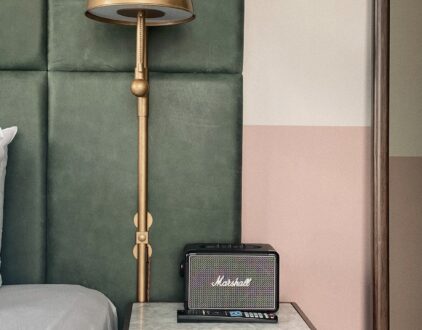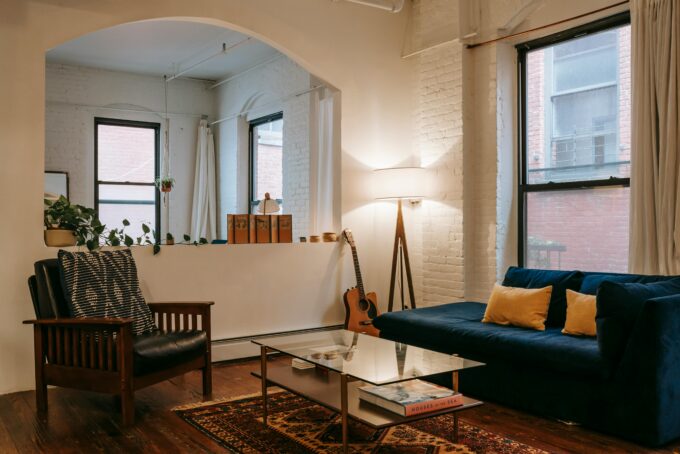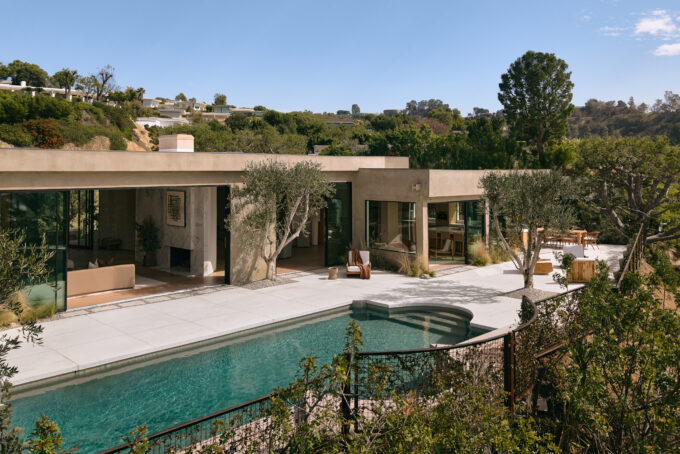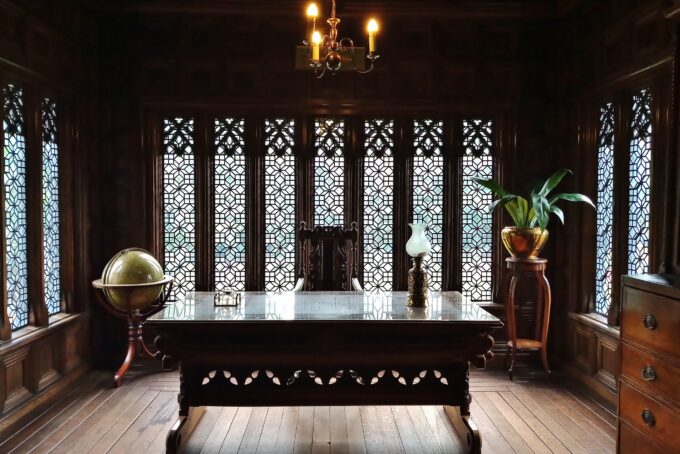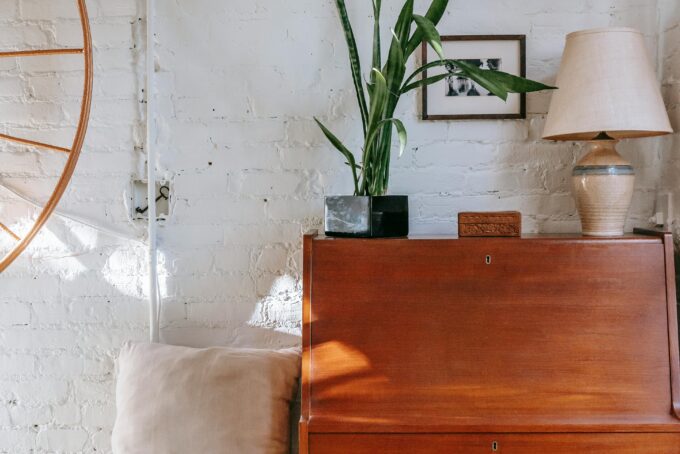In an age where concrete jungles and digital screens reign supreme, reconnecting with nature has never been more important. The rise of biophilic design points to a conscious effort to bridge the gap between our indoor spaces and the natural world. In doing so, we can reap the benefits of nature to create spaces that foster harmony, productivity, and overall mental wellness.
What is biophilic design?
Biophilic design is a design philosophy that integrates elements of nature into a built environment. Rooted in the concept of biophilia, this design style prioritizes the natural tendency for humans to seek connections with nature by incorporating the Great Outdoors into our indoor spaces. From decorating with natural materials to maximizing natural light, biophilic design strategies are not only diverse but adaptable. Thus, they can cater to a wide variety of architectural styles and preferences.
Incorporating biophilic design principles doesn’t mean you have to redesign your entire living or working space. Instead, there are quite a few easy yet effective ways to introduce elements of nature inside your home.
If you’re a lover of the Great Outdoors, here’s how to integrate more of it into your living space.

Incorporate indoor plants.
The easiest way to incorporate more nature into your home is through indoor plants. Low-maintenance plants like snake plants, pothos, or succulents are fantastic if you’re new to the world of houseplants. You can even place them in pots or arrange them vertically to create fabulous vertical gardens that liven up your space and enhance the air quality, too.
Maximize natural light.
Natural light is a key element of biophilic design. Not only does it illuminate your space, but it also helps form a connection to nature. Not to mention, a brighter space can elevate your mood, too.
Even if you don’t have a lot of natural light, you can make the most of what you do have by minimizing window coverings and strategically placing furniture so that sunlight can penetrate deep into the space.
Create views of nature.
If you have an area in your home with a great view, try arranging a seat or workstation at a nearby window to take in the sights. According to the National Institute of Health, having access to views of nature can do a lot of good for our health. This includes reducing anxiety, enhancing cognitive function, and contributing to overall good health.
Introduce water features.
The different sounds that water makes can be very soothing to many people. Whether you prefer the sound of a bubbling brook, heavy rainfall, or a lively ocean, incorporating these therapeutic sounds via an indoor fountain, aquarium, or even a white noise machine can be a great benefit to your health.
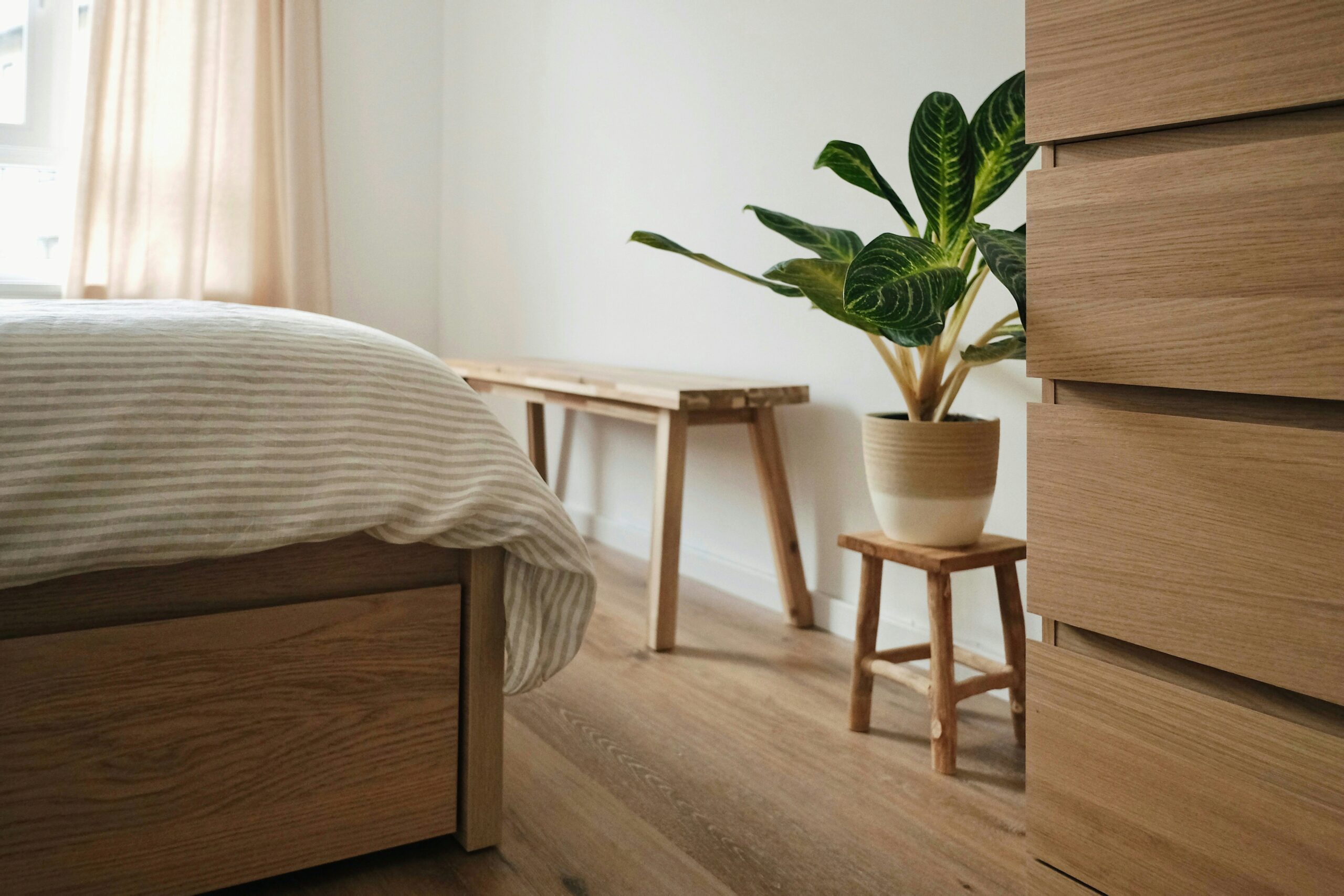
Use natural materials.
When you add natural materials — i.e. wood, stone, or bamboo — to your interior, you elevate the mood of your space. These materials work to add warmth, texture, and a connection to the outdoors, thus creating an extraordinary balance that’s perfect for your biophilic space.
Engage the senses.
When it comes to decorating an interior, many people tend to focus only on how it looks, naturally. But in doing so, they miss out on the design impact of their other senses.
You can appeal to all of your senses by integrating elements like natural scents, textures, and sounds into your space. To do this, try using incense or essential oils, tactile materials, and artwork inspired by nature to create a multi-sensory experience that not only stimulates the mind but the spirit as well.
Create functional outdoor spaces.
If you have the space for it, you can extend biophilic design principles to your front or backyard. Decorating areas like balconies, terraces, or gardens in a way that connects you to nature can be an effective way to relax and rejuvenate your mind and body, especially in big cities where green spaces aren’t commonly found.
popular posts
Spaces
Whether it’s luxury or ease, every area of your home should be as fabulous and unique as you.
FOLLOW ALONG ON INSTAGRAM
#homeandtexture
Find us on social for more home inspiration where culture, personal style, and sophisticated shopping intersect to help you create a home where you love to live.



